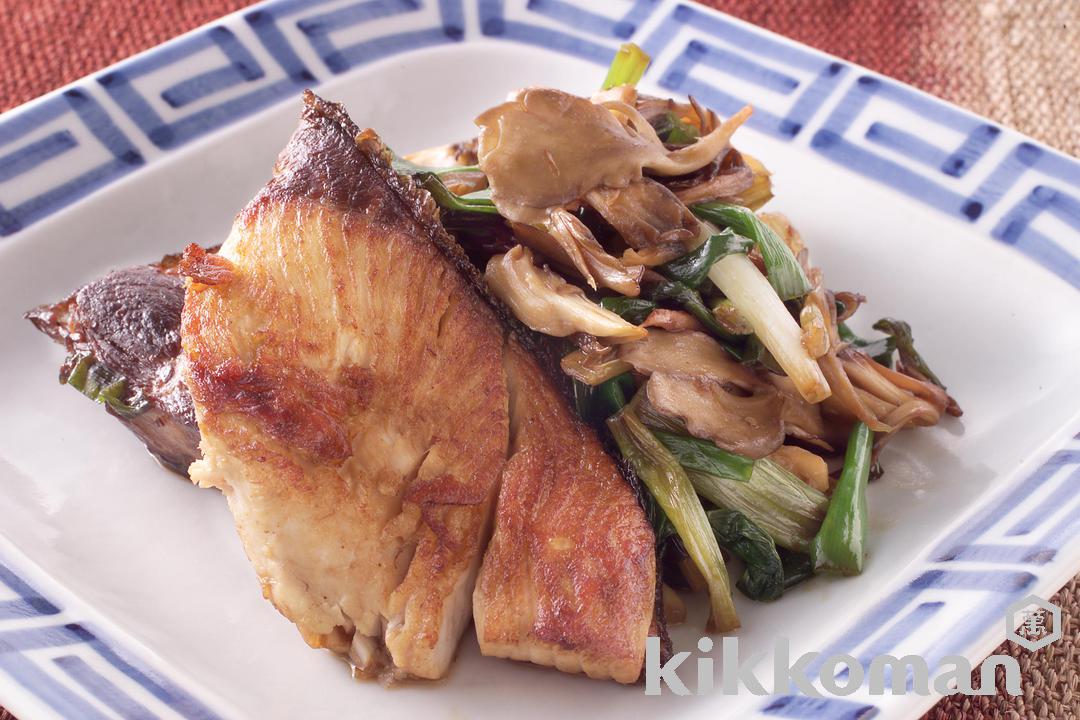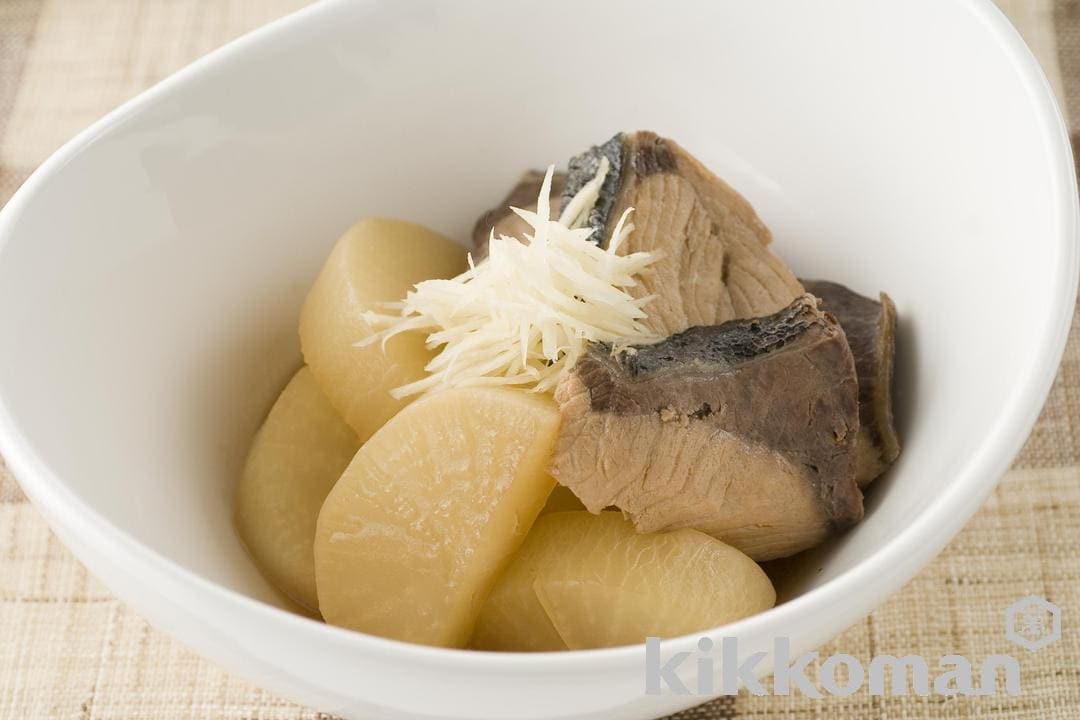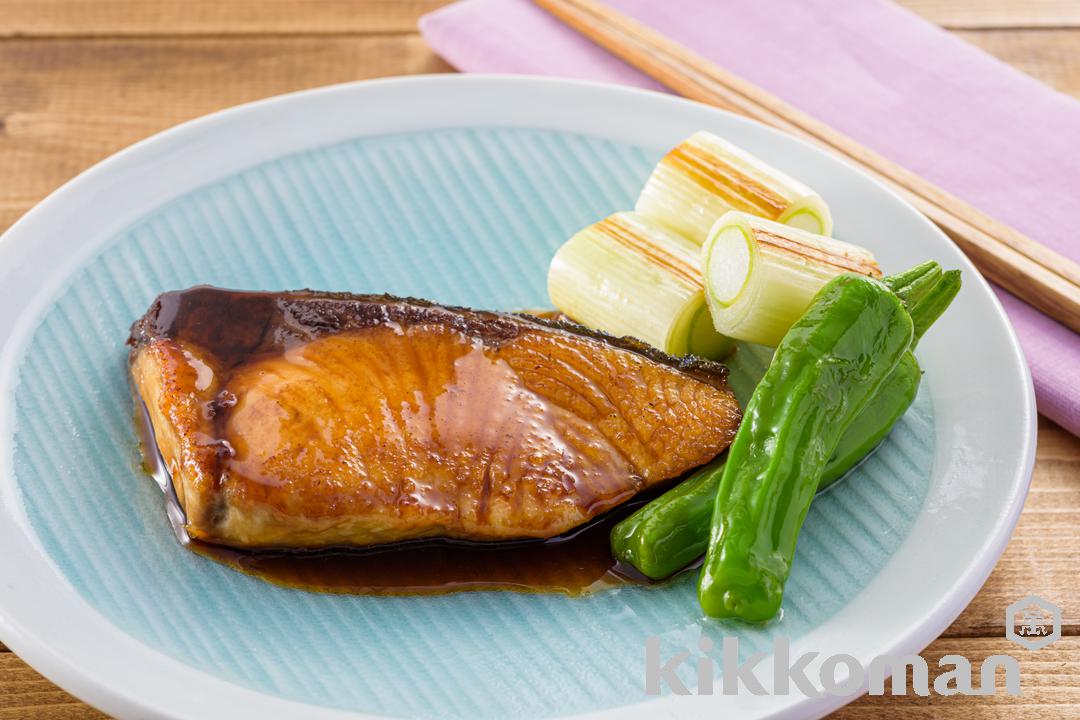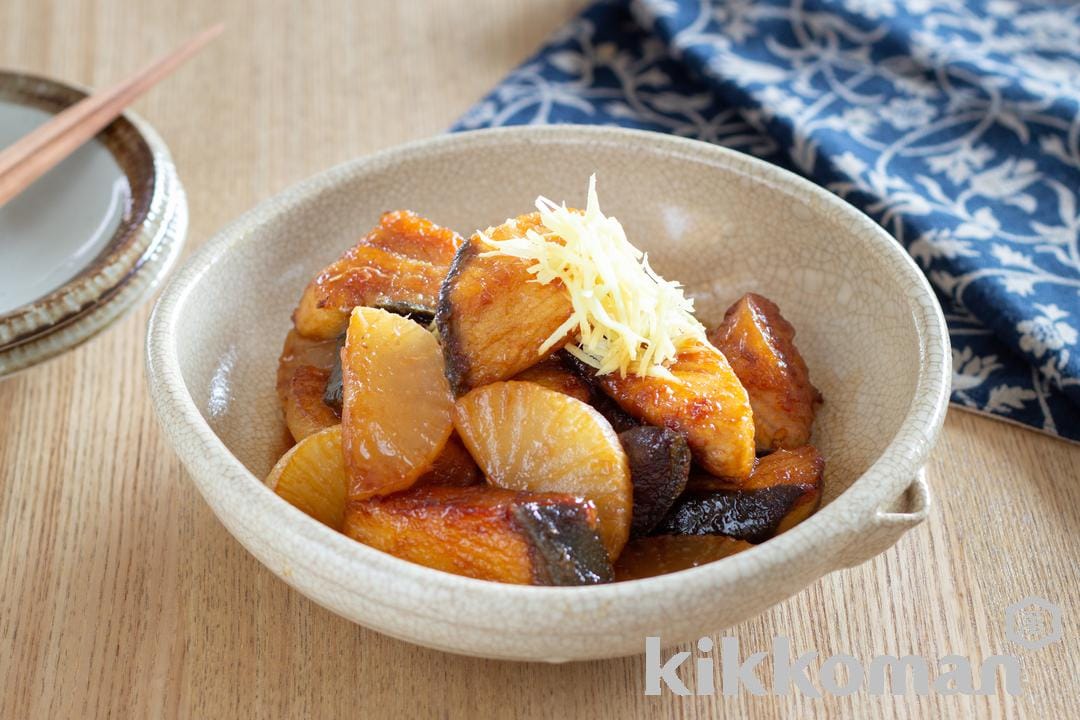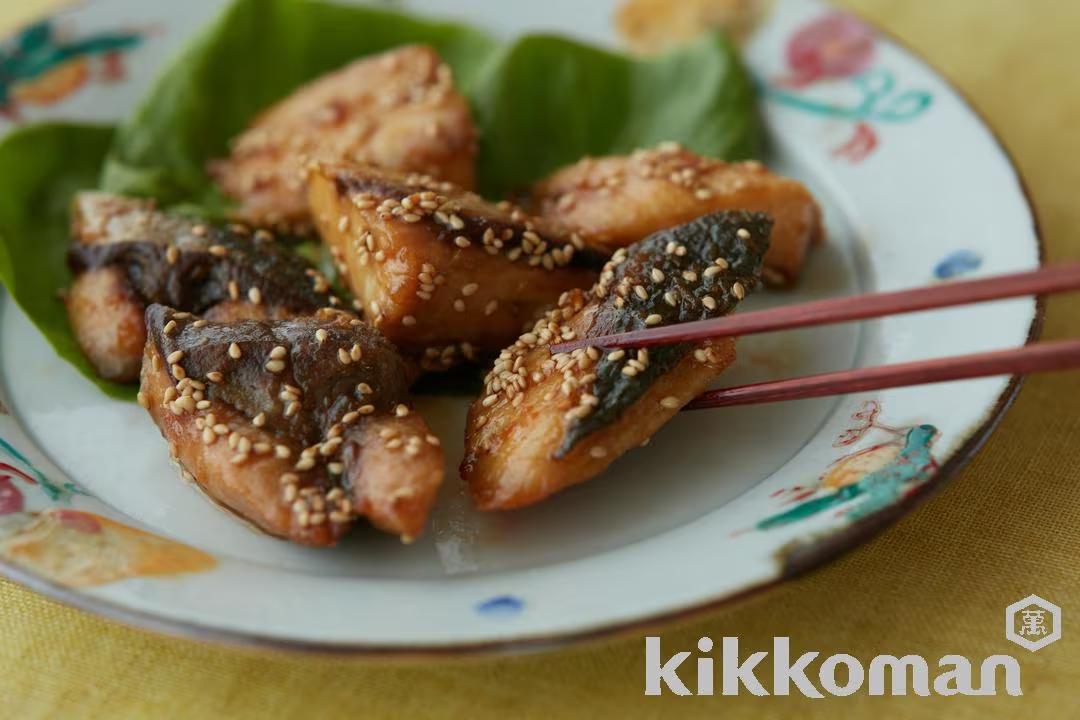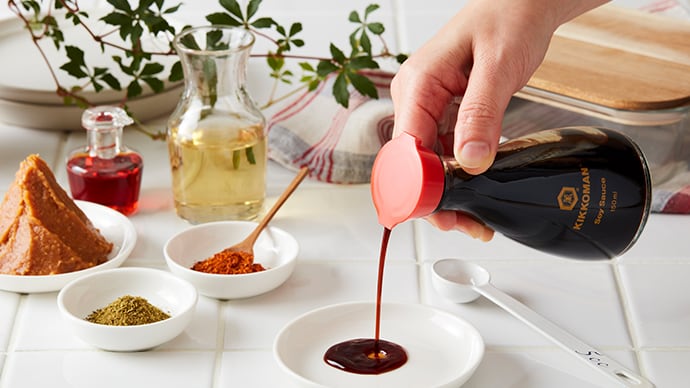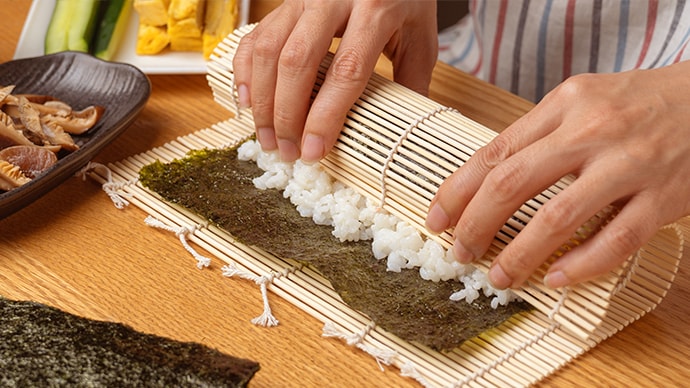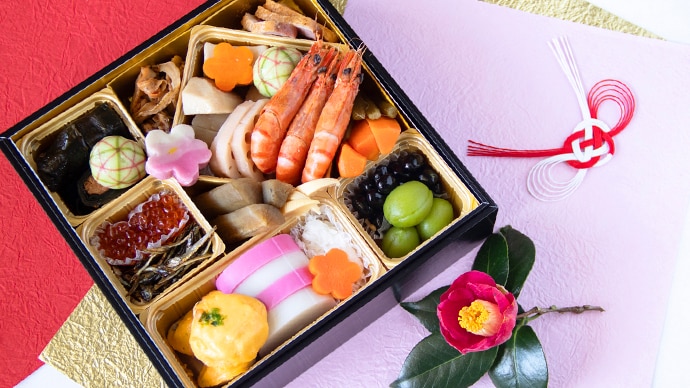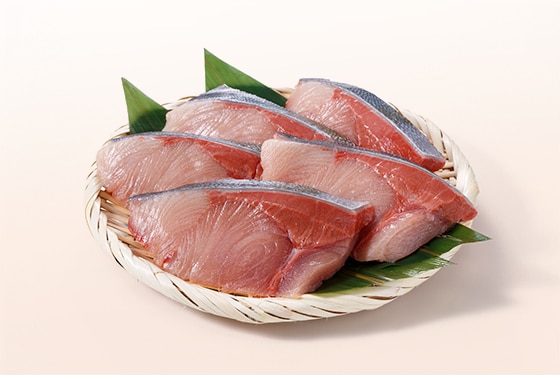
Rich in healthy, flavorful fats, this fish is prized for its taste — and its name changes as it grows
What is yellowtail?
Yellowtail / Hamachi, buri (はまち, ぶり in Japanese) has a Japanese name that changes depending on its stage of growth. Most delicious in winter, when young hamachi are eaten raw, while mature buri are eaten grilled with salt, teriyaki sauce, or simmered. As this fish grows, it gains more fat and becomes richer in flavor. In addition to grilling and simmering, fresh buri are also suitable for sashimi and sushi. Shabu-shabu made with thinly sliced buri is also a popular dish.
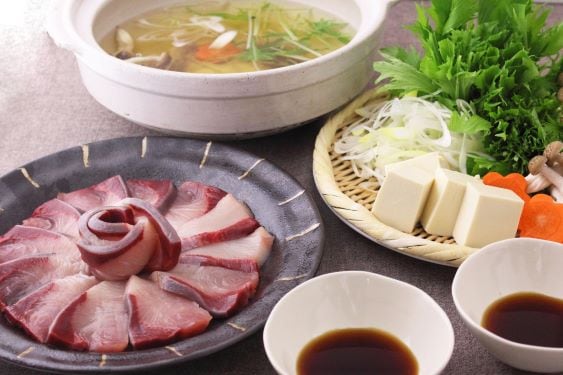
Nutrition facts
Hamachi, or buri, is high in protein and rich in omega-3 fatty acids such as DHA and EPA, which are effective in supporting cardiovascular health and brain function. It also contains a lot of antioxidant vitamins such as vitamin A and vitamin E. Hamachi is also very rich in B vitamins such as B1, B2, B6, and B12, as well as vitamin D, which contribute to energy metabolism and maintaining bone health. In addition, this fish contains minerals such as iron, potassium, and magnesium, which help prevent anemia, regulate blood pressure, and improve muscle function. Hamachi also contains taurine, which helps with fatigue recovery.
Hamachi's umami flavor comes from histidine, an essential amino acid, which helps with growth and maintaining nerve function. This is a very nutritious fish, but it is important to be aware of its high fat content.
Storage to prevent food loss
Yellowtail can be stored in the refrigerator for 2 to 3 days, or in the freezer for about 2 weeks. However, the flavor will deteriorate if the fat oxidizes, so it is best to choose fresh fish, store them in the refrigerator, and use them up as soon as possible. Seasoning with soy sauce before storing will prevent the buri from drying out and oxidizing, and will prevent the flavor from deteriorating.
Trivia
Hamachi is often referred to as the fish that are 40 to 60 cm (15 to 24 in.), while buri often refers to those over 60 cm (24 in.). In addition, younger fish are called inada, wakashi, tsubasu, etc., and the names and size divisions vary slightly between the Kanto and Kansai regions of Japan.
Related Recipes
25min
283kcal
800mg


